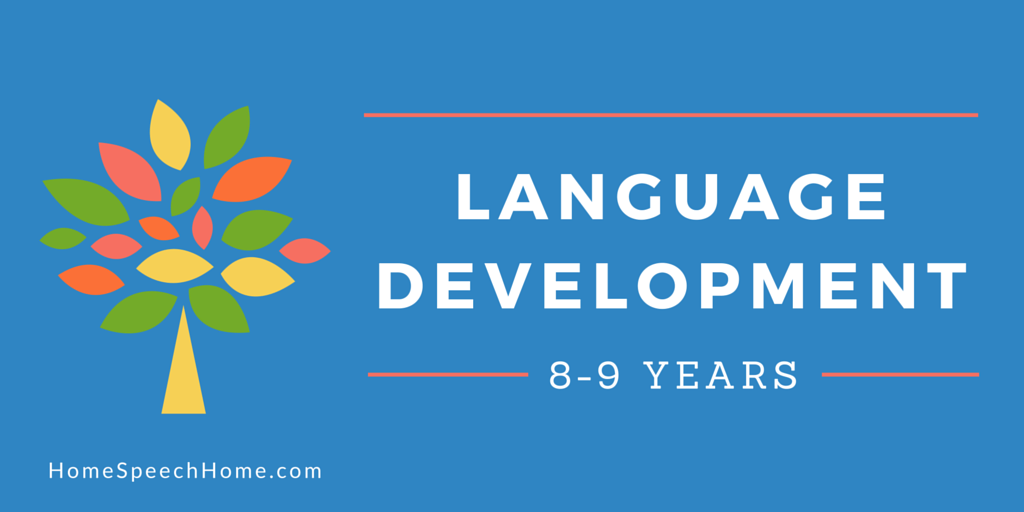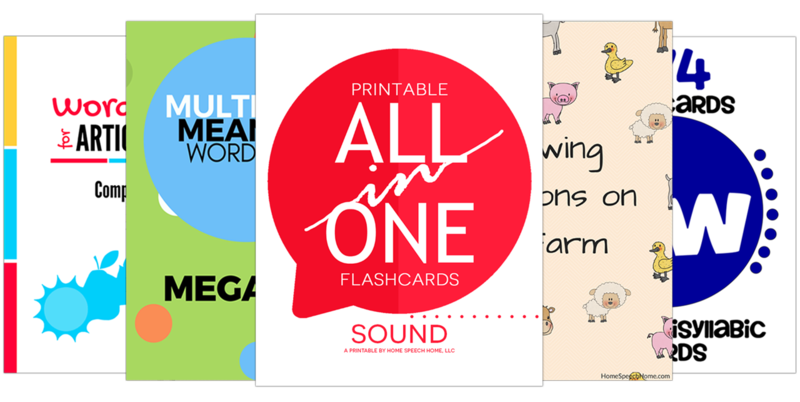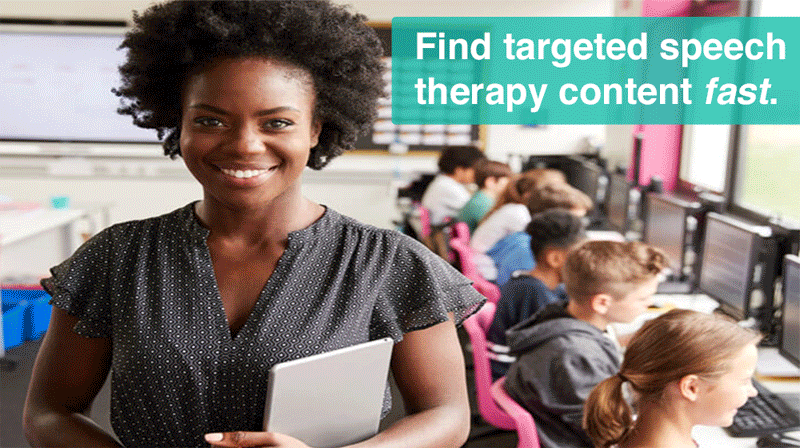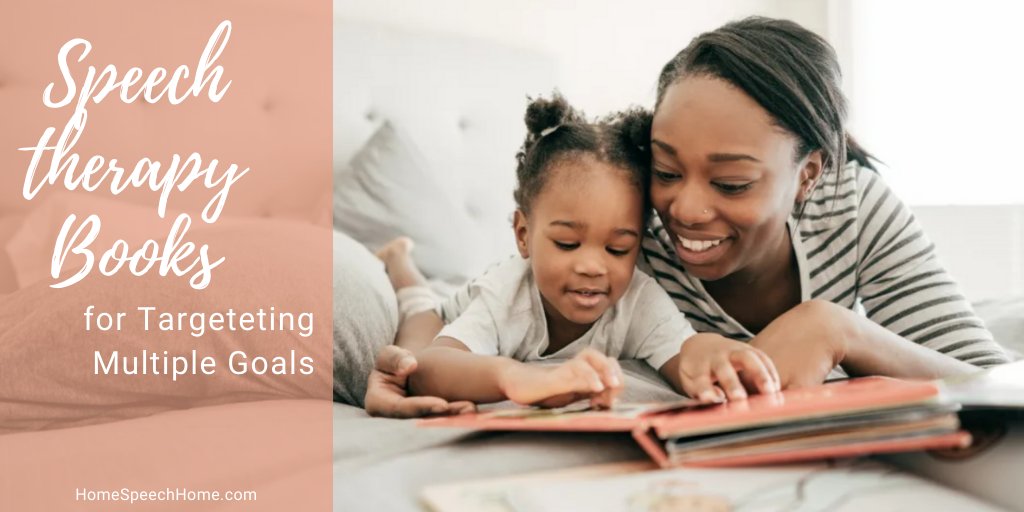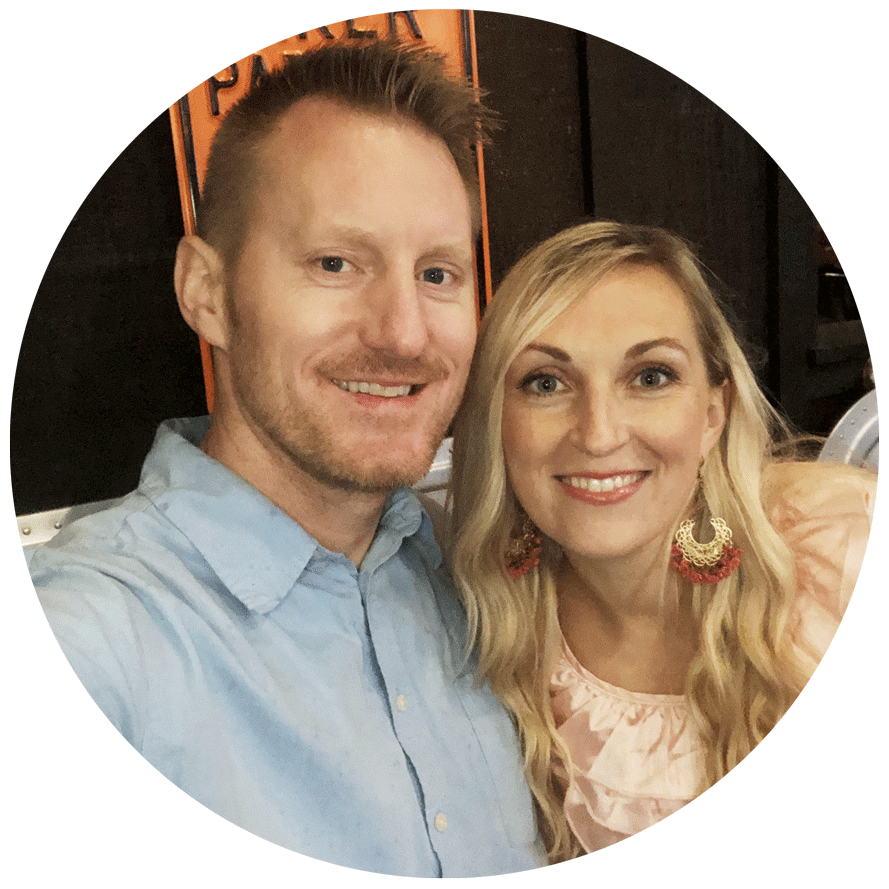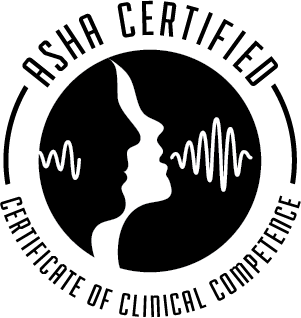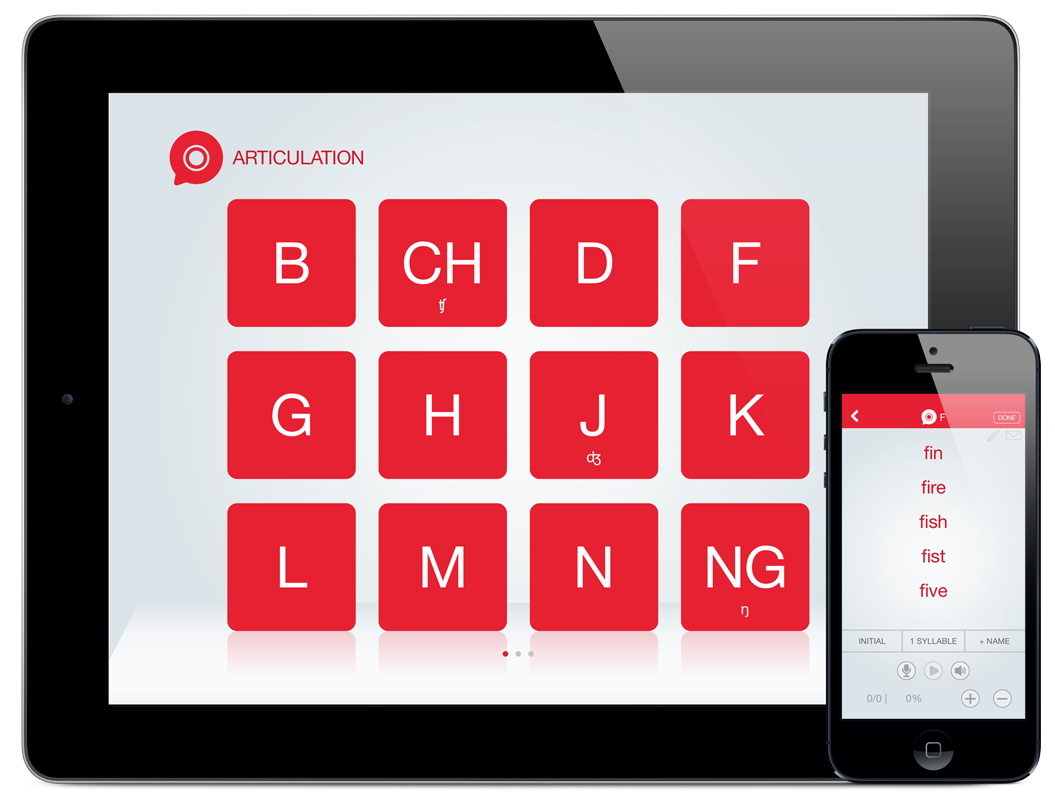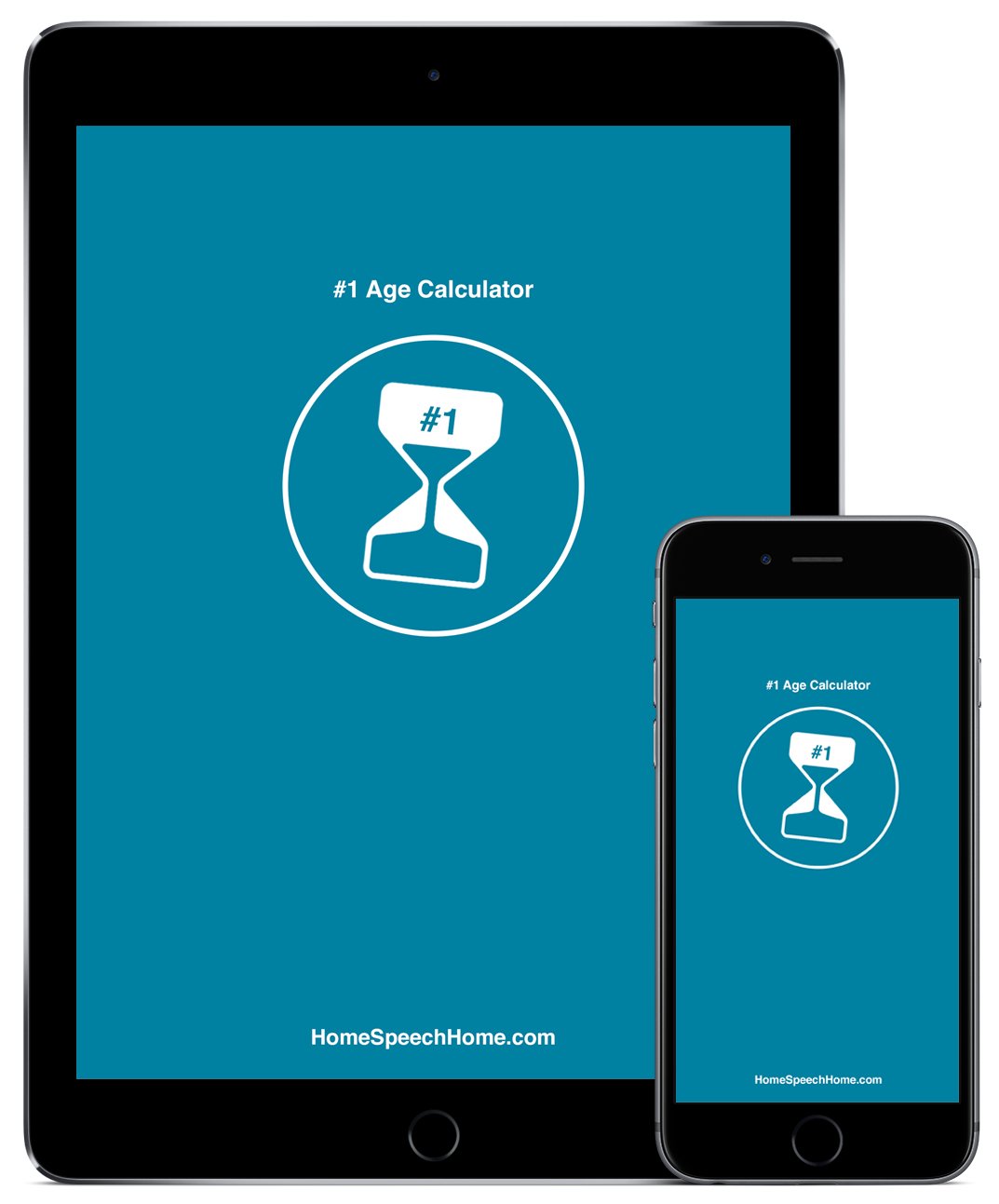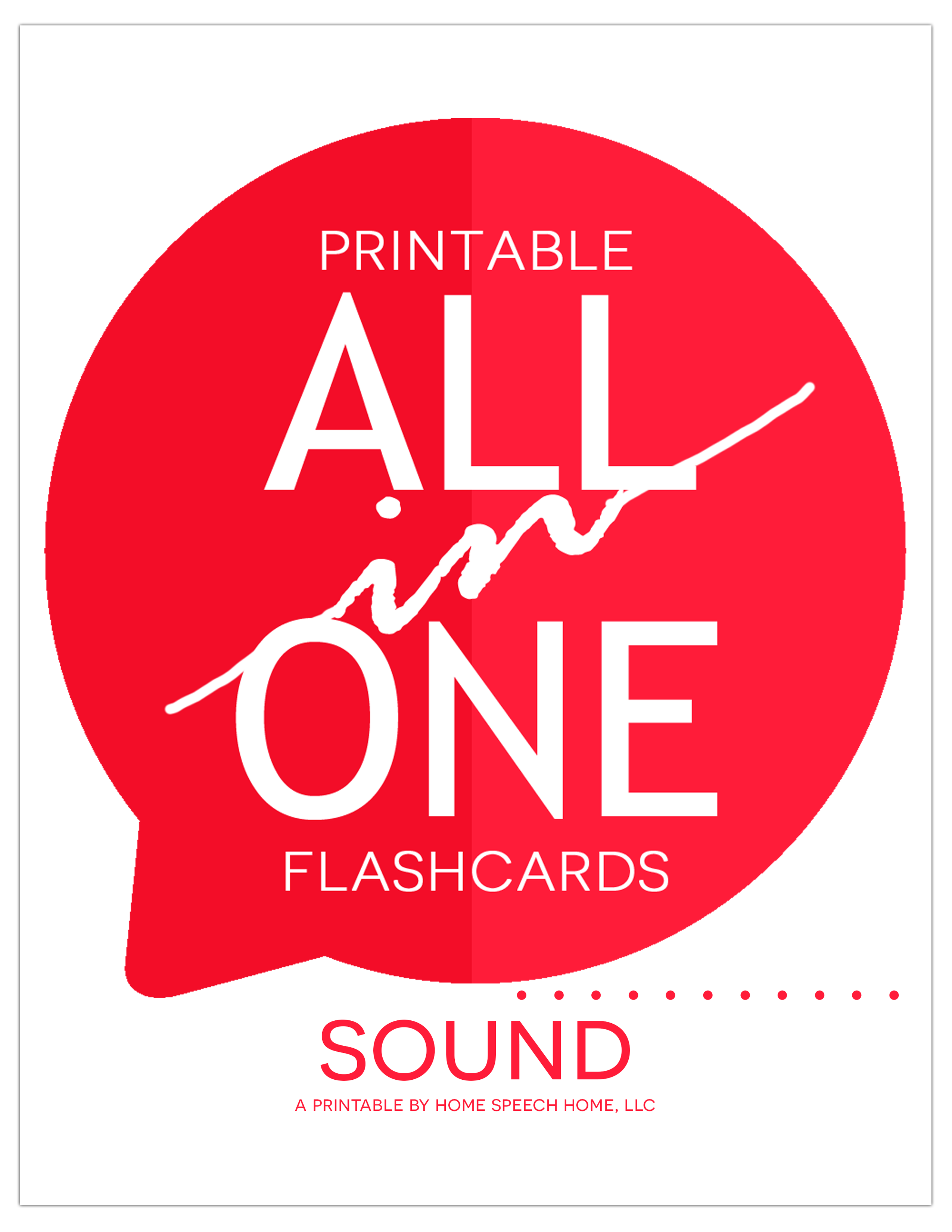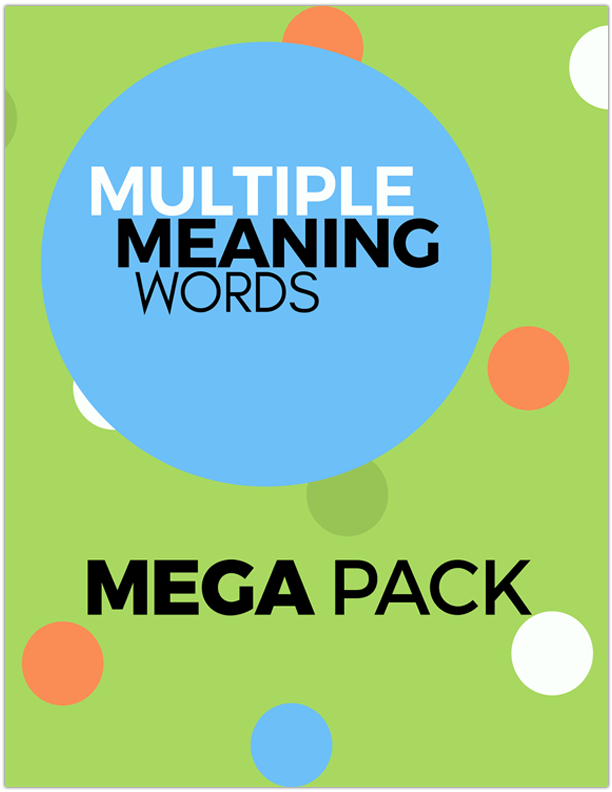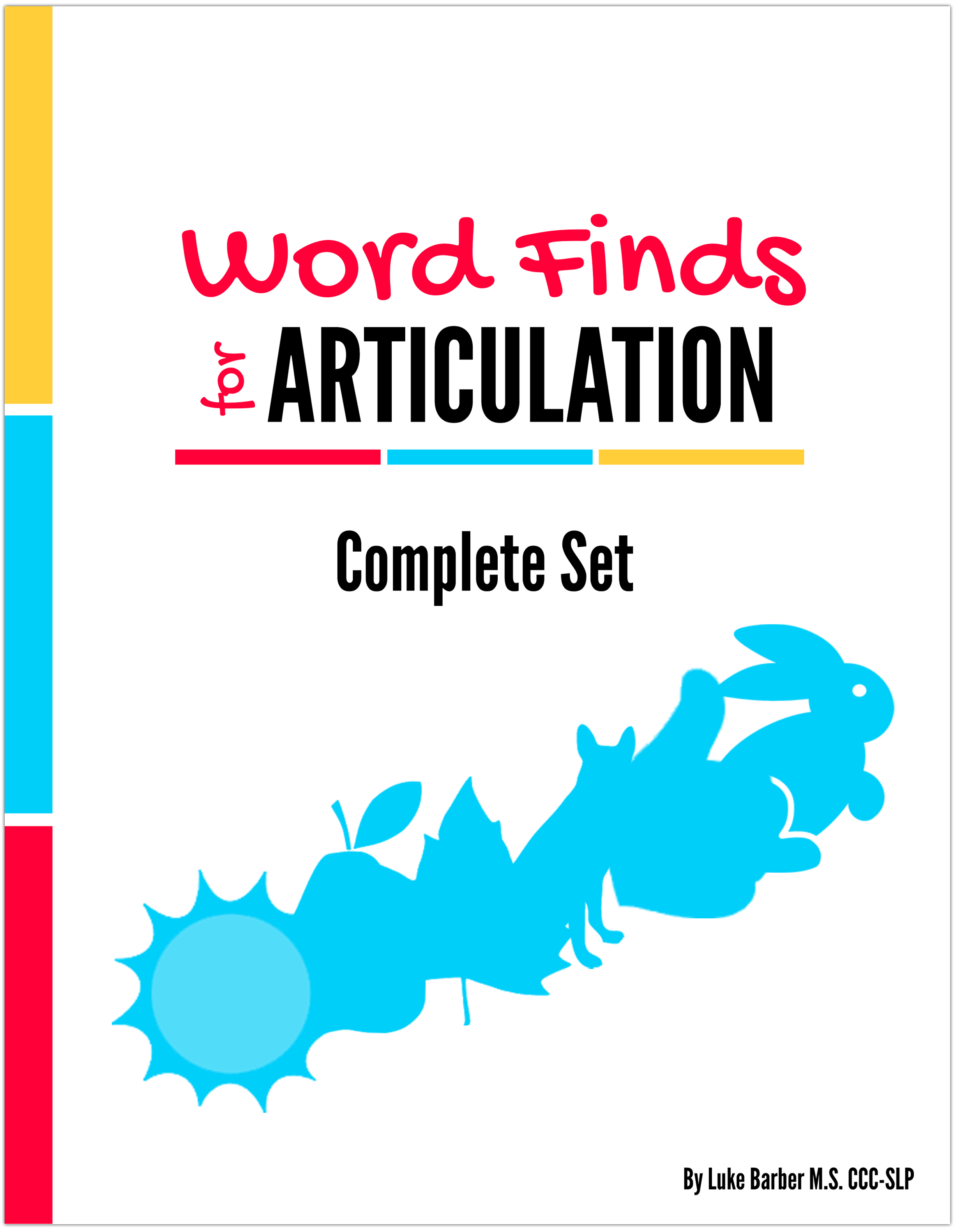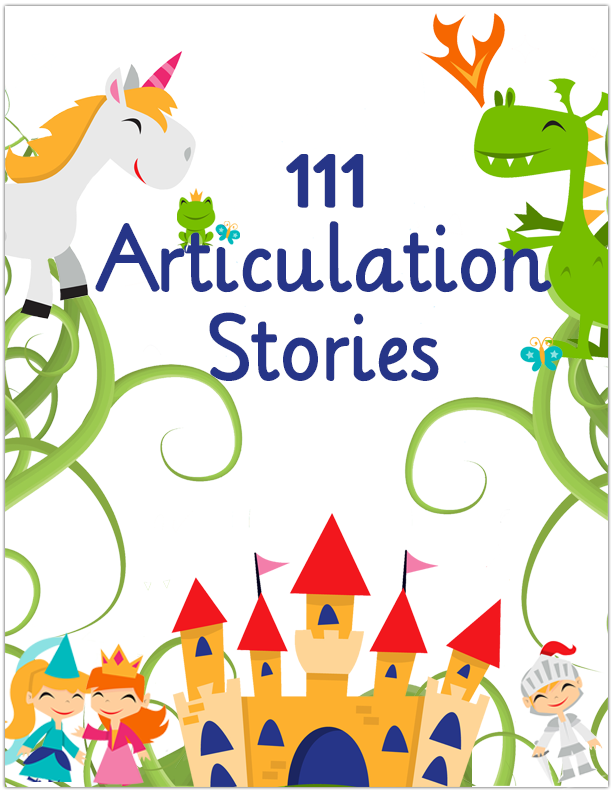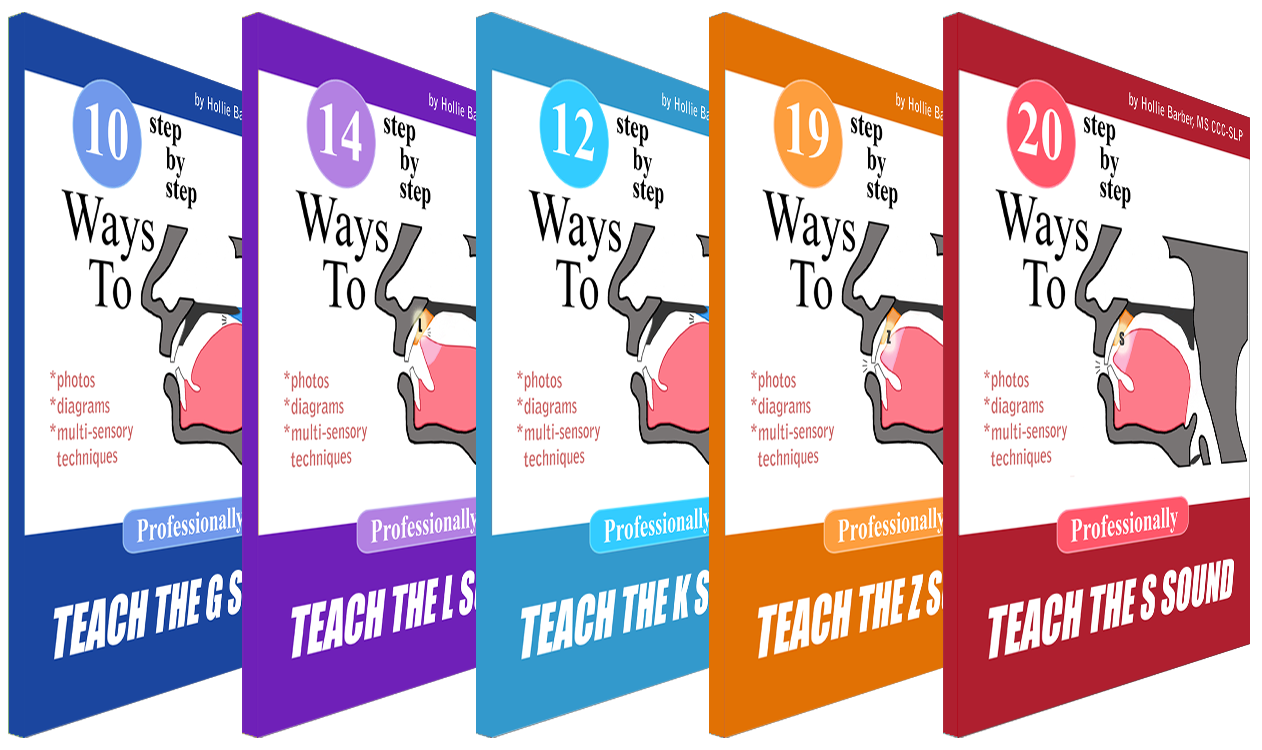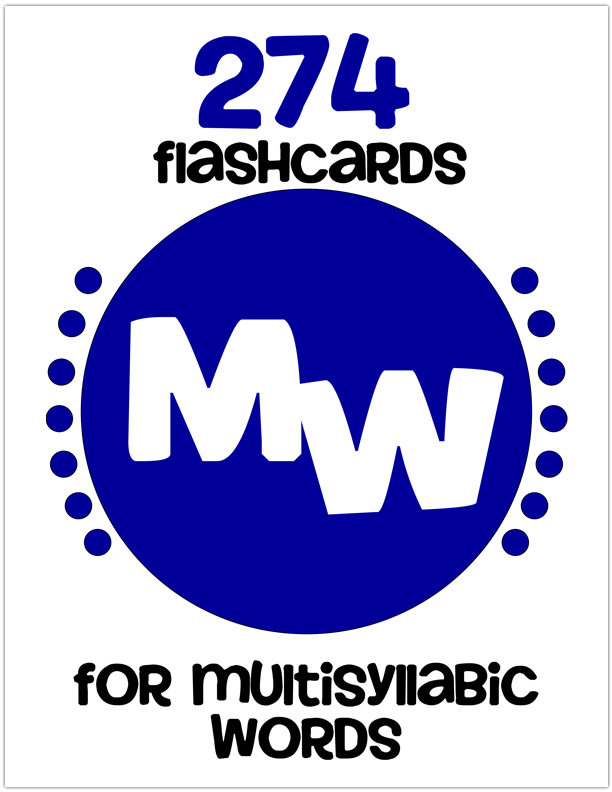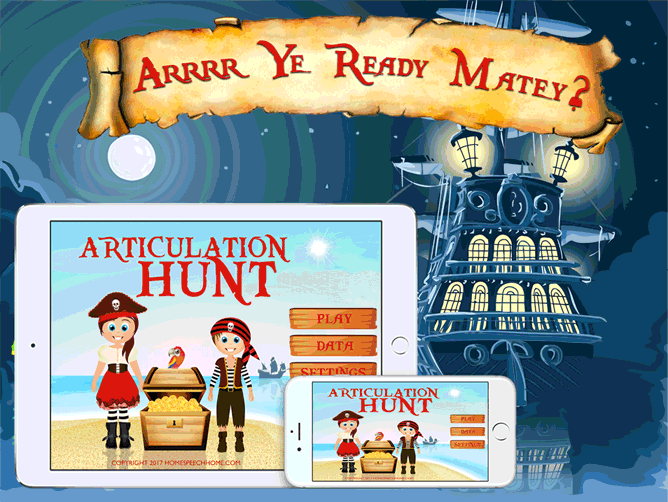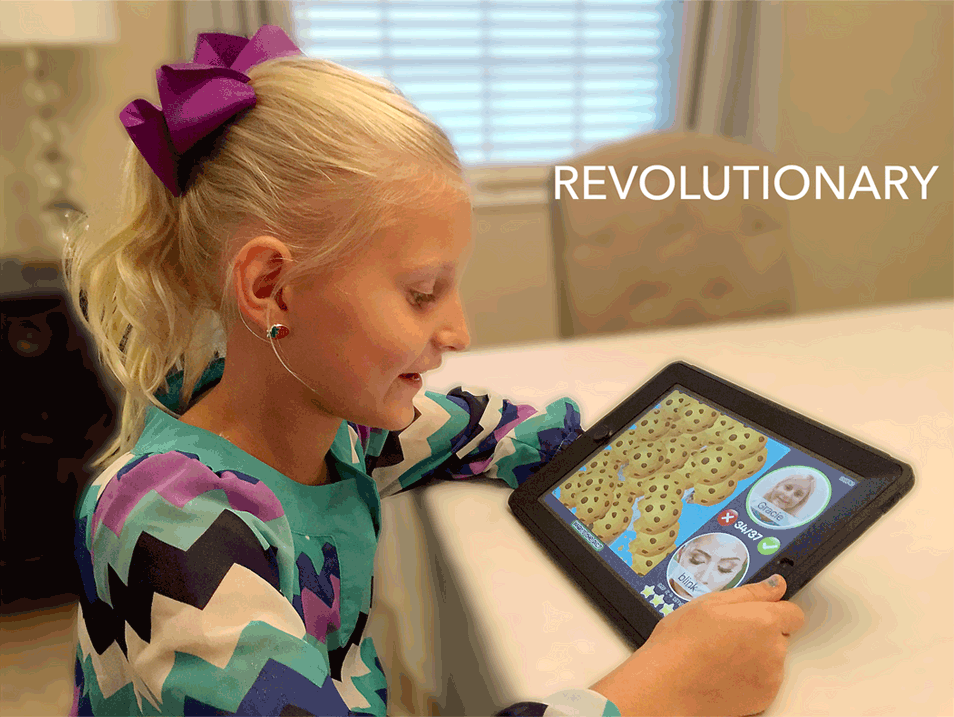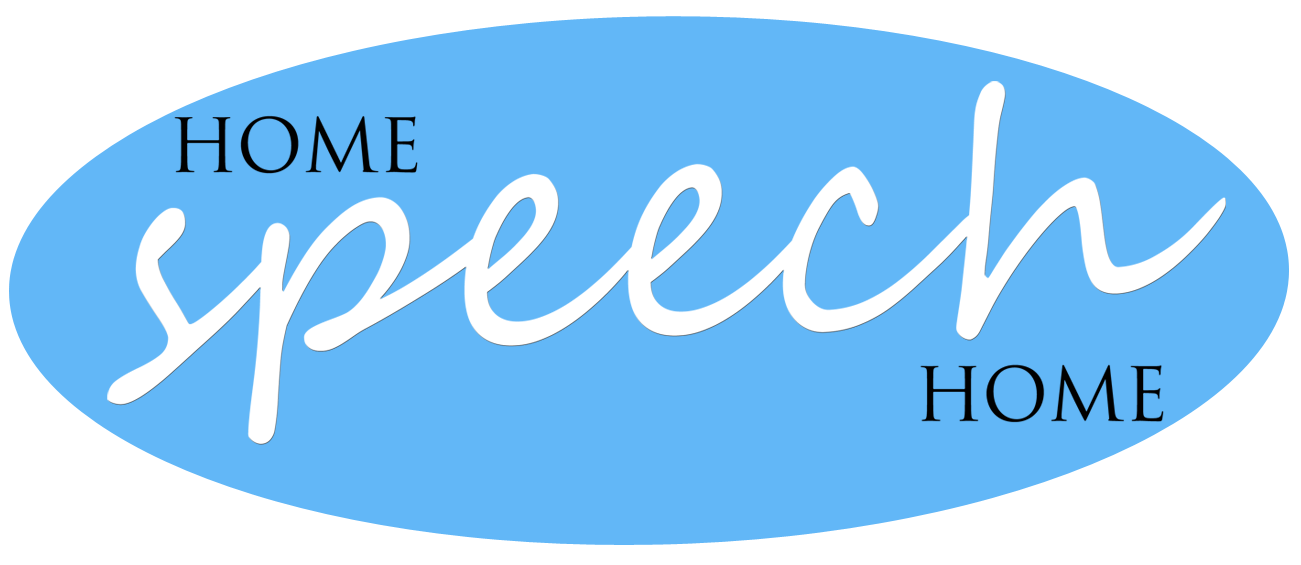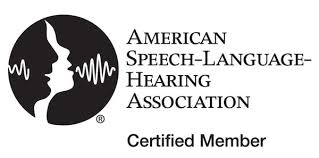Language Development in Children 8-9 Years What To Expect
Language development in children 8-9 years: Grammar knowledge is complete and children are also better at thinking about language and how it is organized and relates to itself.
Synonyms, categorization, and figurative language are among their newest language skills.
By 3rd grade, children's academic, phonological, and language skills should be good enough to allow them to "read and write" to learn new information
Socially, children at this age become more responsible.
They are much more like "little adults."
*NOTE: The ages and their corresponding grades are based upon guidelines followed in the United States.
Explore Our Goal Achieving, Client Centered Products
3rd Grade (8-9 Years)
Expressive Language / What the Child Says
- Uses most parts of speech, all grammar is acquired
- Exceptions to grammatical rules are mastered
- Uses and understands passive sentences
- Uses clear and specific vocabulary in conversation and discussions
- Uses subject related vocabulary
- Asks/answers factual and inferential questions
- Explains what has been learned
- Uses a variety of words, not just the same ones over and over
- Gives synonyms and categories in word definitions (7-9 years)
- Production of figurative language increases (7-9 years)
Examples:
"Don't let the cat out of the bag."
"It is raining cats and dogs."
"Your pulling my leg." - Begins to understand jokes and riddles based on sound similarities (7-9 years)
Examples:
"What kind of shows to cows like to watch?"
"Moo-sicals"
Total # of words in 100 utterance speech sample: 496-687 (9 years)
Total # of different words in 100 utterance speech sample: 183-235 (9 years)
Receptive Language / What the Child Understands
- Listens attentively in group situations
- Follows 4-step and higher directions
- Understands direction words
- Demonstrates understanding of grade level content material
SEE ALSO: The Best Free App for Speech Therapy
Narrative Development
- Complex Episodes / Multiple Episodes
- Narratives have a theme, character, plot, logically sequenced, temporally ordered, initiating even, action, consequences, emotion, and resolution
- Contain at least 5 story grammar elements (example: setting, characters)
Reading
- Summarizes a story accurately
- Fully understands basic phonic patterns
- Uses word analysis skills when reading
- Re-reads and corrects errors when necessary
- Predicts and justifies what will happen next
- Compares and contrasts
- Asks and answers questions about the reading material
- Use acquired information to learn about new topics
- Read grade level books fluently
- Uses clues from language content and structure to help in understanding what is read
- Reads 100 words per minute (wpm)
- Reads 300 sight words
Writing
- Plans, organizes, revises, and edits
- Includes details in writing
- Writes stories, letters, simple explanations, and brief reports
- Spells simple words correctly, corrects most spelling independently or with a dictionary for help
- Cursive writing is written clearly
SEE ALSO: The Best Books for Speech Therapy Practice
Social
- Opens and closes conversations appropriately
- Stays on topic, takes turns, and uses eye contact during conversation
- Clarifies and explains words and ideas when conversation breaks down, gives background information or definitions of words
- Uses language to inform, persuade, and entertain
- Ability to take others' perspectives increases which also increases the ability to persuade (7-9 years)
- Uses language to establish and maintain social status (7-9 years)
Back to top language development in children 8-9 years
Activities and Product Discounts, Oh My!
Sign up for Terrific Therapy Emails
Your information is 100% private & never shared.
Homepage
>
Language Development in Children 8-9 Years
